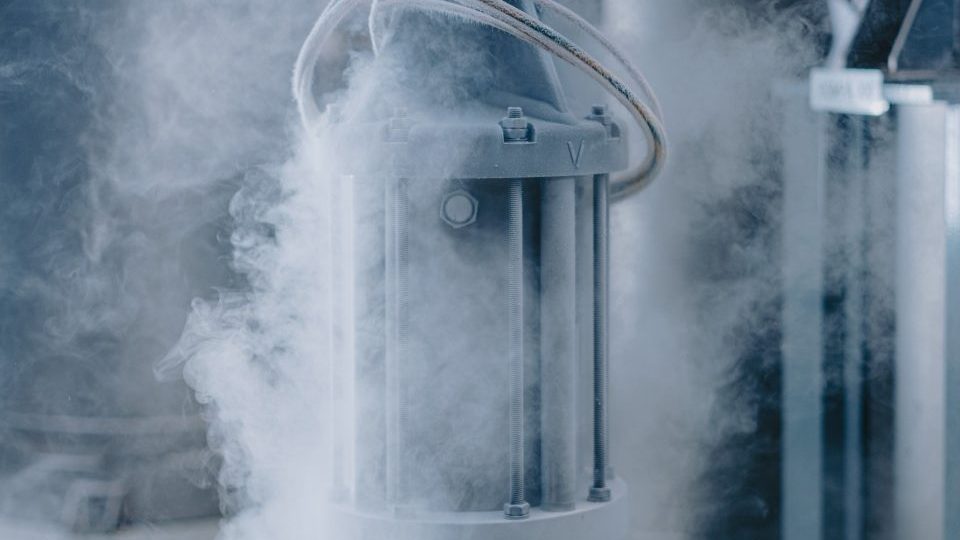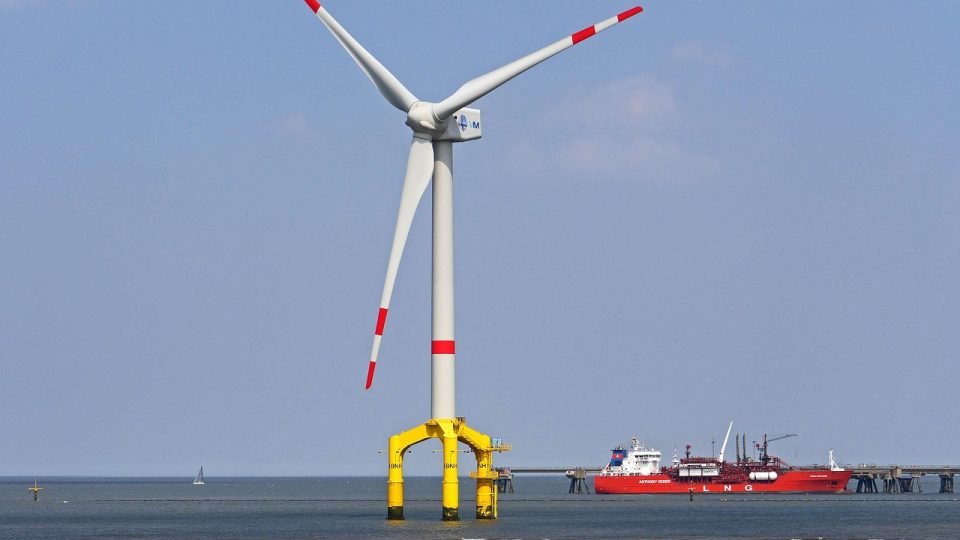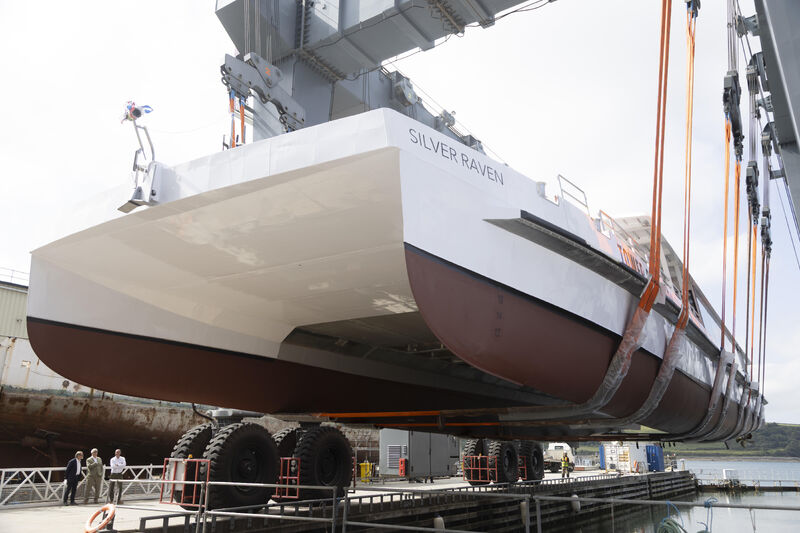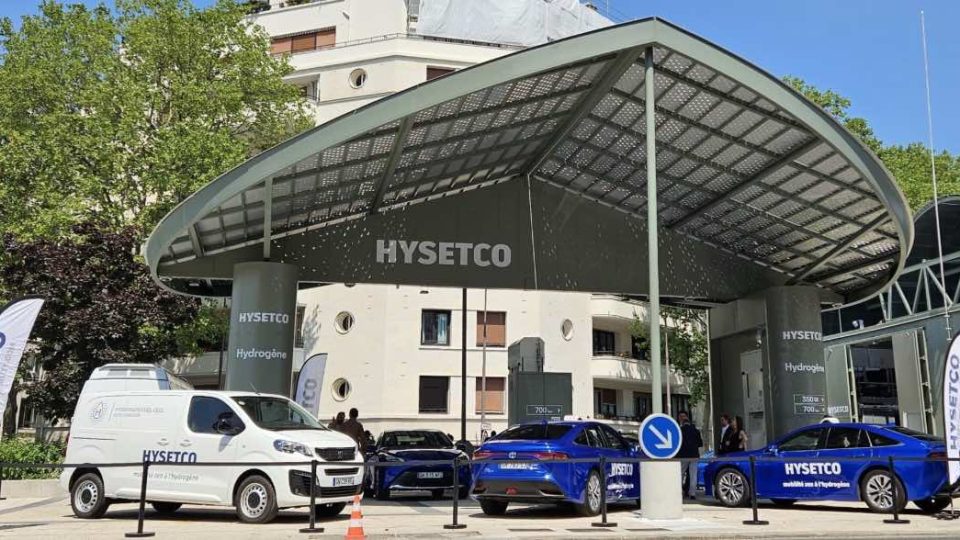Hydrogen market discussion at Politecnico di Milano
Hydrogen market is getting more and more attention During the event dedicated to the hydrogen market and fuell cells held at Politecnico of Milan, experts of the sector shared their opinions on the current situation and future of the hydrogen in Italy and Europe. The event was realized thanks to the collaboration between the Politecnico di […]
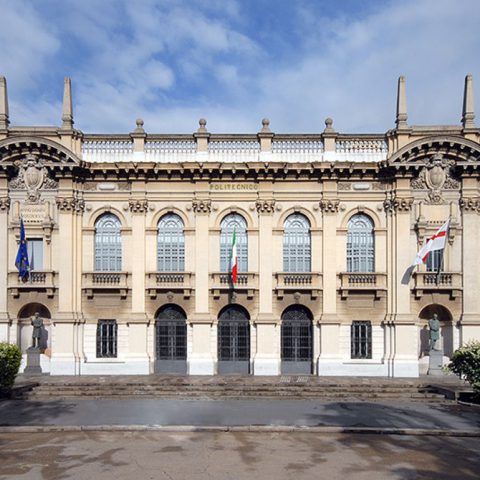
Hydrogen market is getting more and more attention
During the event dedicated to the hydrogen market and fuell cells held at Politecnico of Milan, experts of the sector shared their opinions on the current situation and future of the hydrogen in Italy and Europe. The event was realized thanks to the collaboration between the Politecnico di Milano, the Italian Association of Hydrogen and Fuel Cells (H2IT), Enea and Atena.
HYUNDAI FUEL CELL ELECTRIC TRUCK
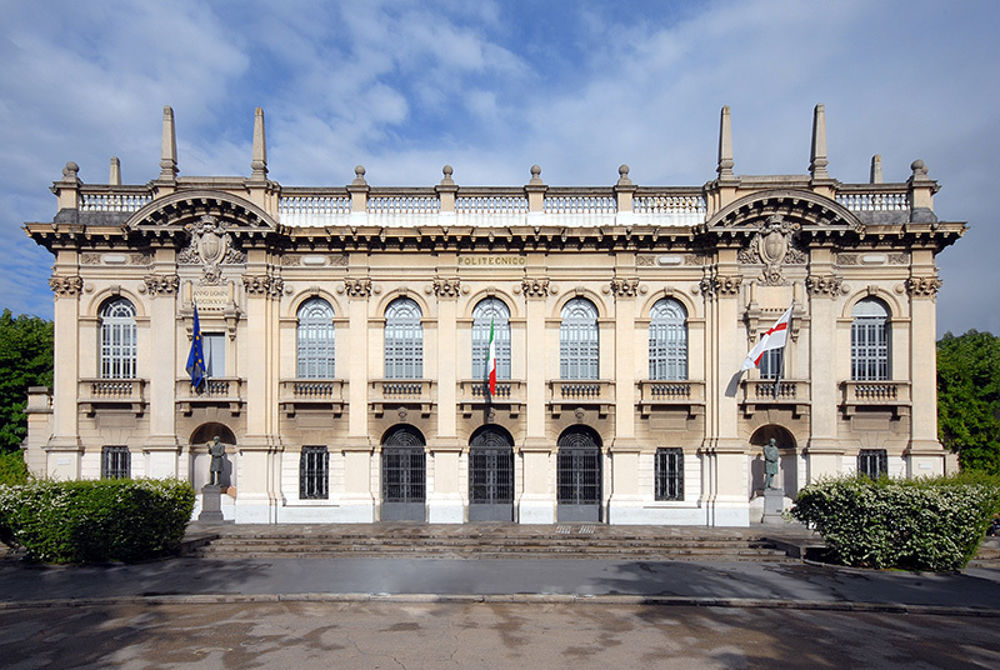
The path started by Italy towards a zero emissions system is in line with the directives of the European Union. The reduction of air pollution is, in fact, one of the priorities for the Italian minister of Environment, Sergio Costa: «These are challenges that Italy can not tackle alone, but the right efforts is necessary to properly cooperate with the European Union».
This is, in fact, a path that the European Union has already undertaken, also through the release of the Hydrogen Initiative, the policy document for the development of sustainable hydrogen, signed on September 18th in Linz, by the undersecretary for economic development Davide Crippa.
Alberto Dossi, president of H2IT, said: «This year we have achieved a very important result. With the definition of the objectives of the Hydrogen Initiative, Italy took a first step towards achieving the objectives of the “European Climate & Energy Plan”, alongside other European countries. Hydrogen market will play a strategic role in the decarbonisation process of many sectors, such as industrial and mobility, and in the development of energy systems and energy security. It is a flexible and enabling energy vector, able to connect in an integrated and effective way the energy networks of electricity and natural gas».
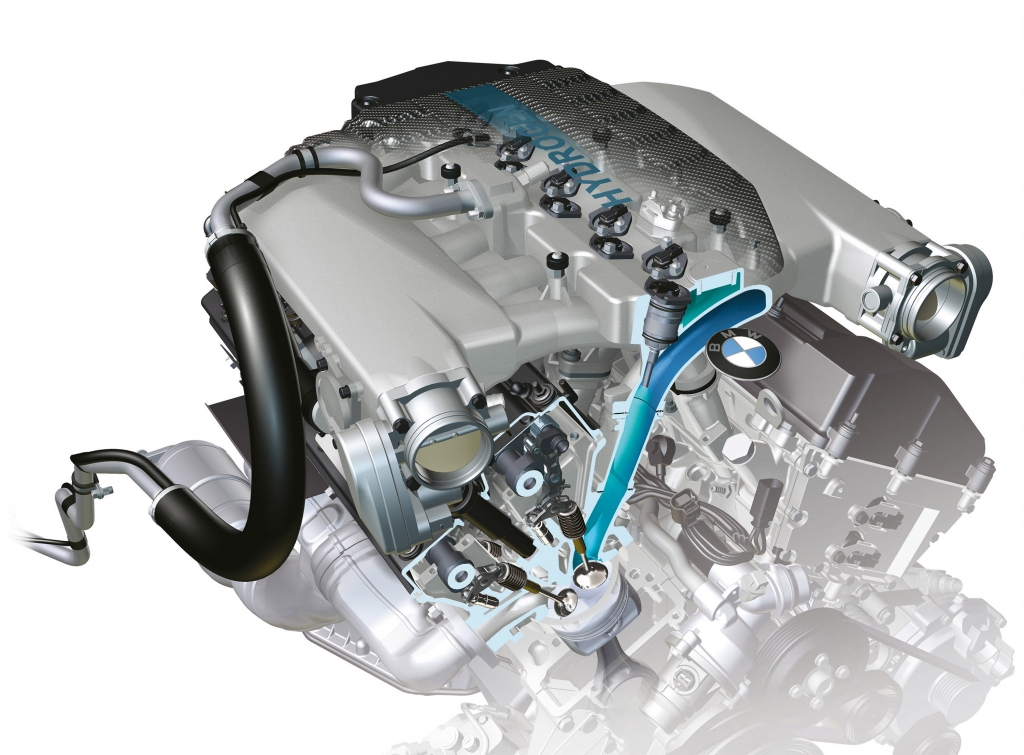
Countries and legislations are moving
The use of hydrogen is becoming increasingly widespread in Europe, the United States, Japan and China. Since the end of 2016 it has become part of the Italian energy context through the legislative decree 257/2016, which has implemented the European Directive 2014/94/EU. The legislation, issued in order to reduce dependence on oil and to mitigate the environmental impact of the transport sector, established the minimum requirements for the construction of alternative fuels infrastructure, including refueling points.
The production and accumulation of hydrogen from water electrolysis represent a valid option to increase the flexibility of the energy system, allowing the integration of a large number of non-programmable renewable sources. Hydrogen and fuel cell electric mobility will make a significant contribution, above all, in terms of reducing polluting emissions.






